DJI Mavic 2 Pro Changes the Game with Hasselblad Camera
The DJI Mavic 2 line offers two firsts: a built-in Hasselblad camera in the Pro, and an optical zoom lens in the Zoom drone.
BROOKLYN, NY — DJI has raised the bar for high-end consumer drones with the Mavic 2 Series, which is designed to take to the skies and snap some of the most gorgeous, detailed photos any drone's ever shot.
The DJI Mavic 2 Pro ($1,249) and Mavic 2 Zoom ($1,449) are available now, and offer innovative camera setups that justify their exorbitant prices.
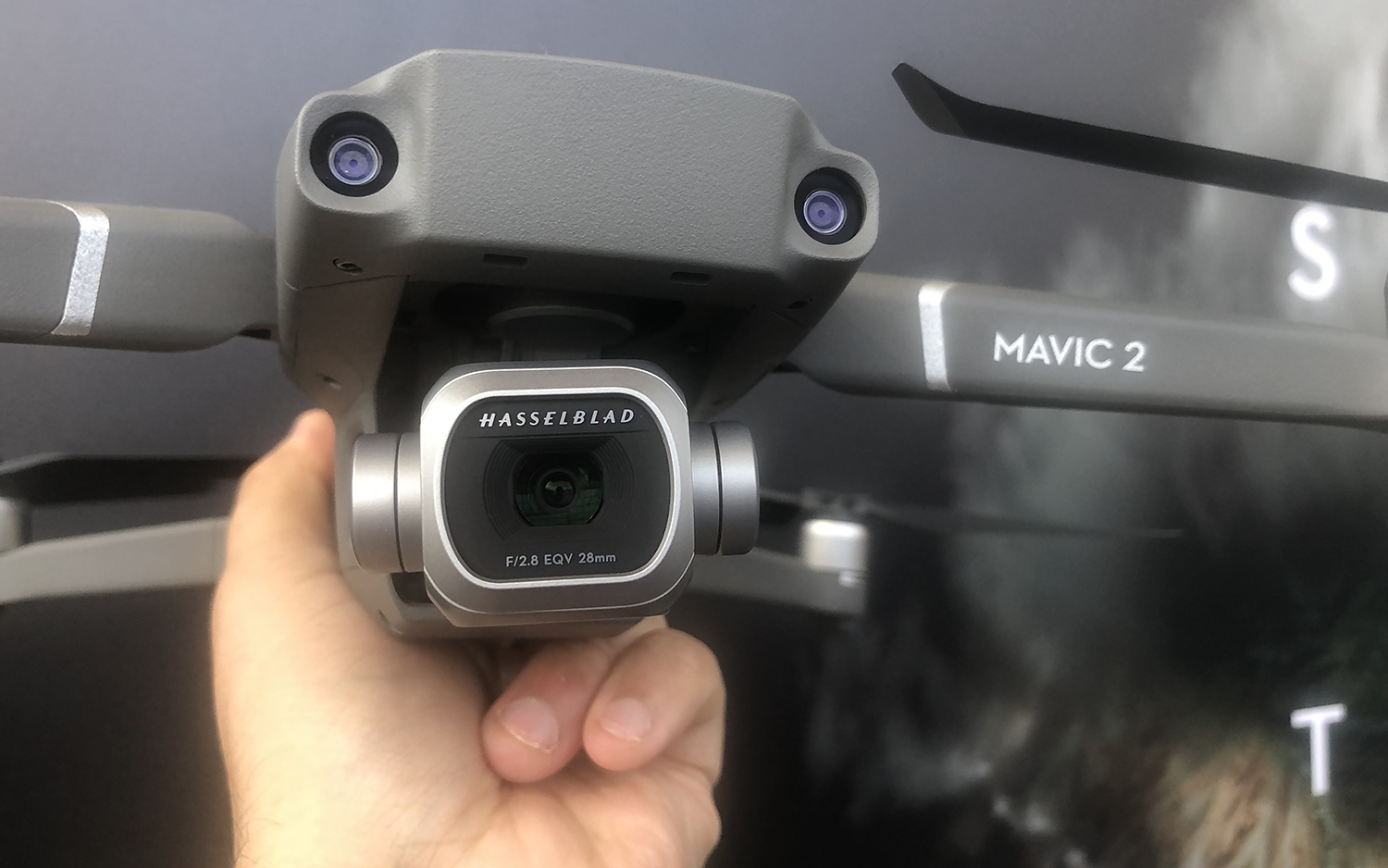
DJI's product communication lead Michael Oldenburg said these drones are here to solve the customer demand to "make [drone cameras] as close to a DSLR as possible," and offer longer battery life, faster speed and quieter mechanics.
Mavic 2 Pro
The Mavic 2 Pro, which DJI calls "the most powerful drone available on the consumer market" is the true star of the pair, and is the first drone to feature an integrated Hasselblad camera (with a F2.8 EQV 28mm lens and 1-inch CMOS sensor and a 10-bit Dlog-M color profile) that DJI developed in collaboration with Hasselblad. It features the same small, folding design that DJI's known for, so you can take this thing anywhere, without adding much heft to your bag.
Not only does the Pro's camera enable amazing wide-angle landscape shots, but it should allow for four times as many levels of color per channel, compared to images captured by the Mavic Pro, which we called the "drone of the year" in 2016.
In a brief hands-on session outside of the Duggal Photography Greenhouse building where the event took place, I got the chance to take the Mavic 2 Pro for a spin, after a DJI rep flew the drone so far into the distance that it looked like a poppy-seed hovering over the sky between Manhattan and Brooklyn.
Sign up to get the BEST of Tom's Guide direct to your inbox.
Get instant access to breaking news, the hottest reviews, great deals and helpful tips.
After flying the drone in various directions, I used the smartphone attached to the controls to capture shots of the Manhattan skyline, which impressed me once I got to remove the microSD card they were stored on, and upload the shots onto my monitor back at the Tom's Guide offices.
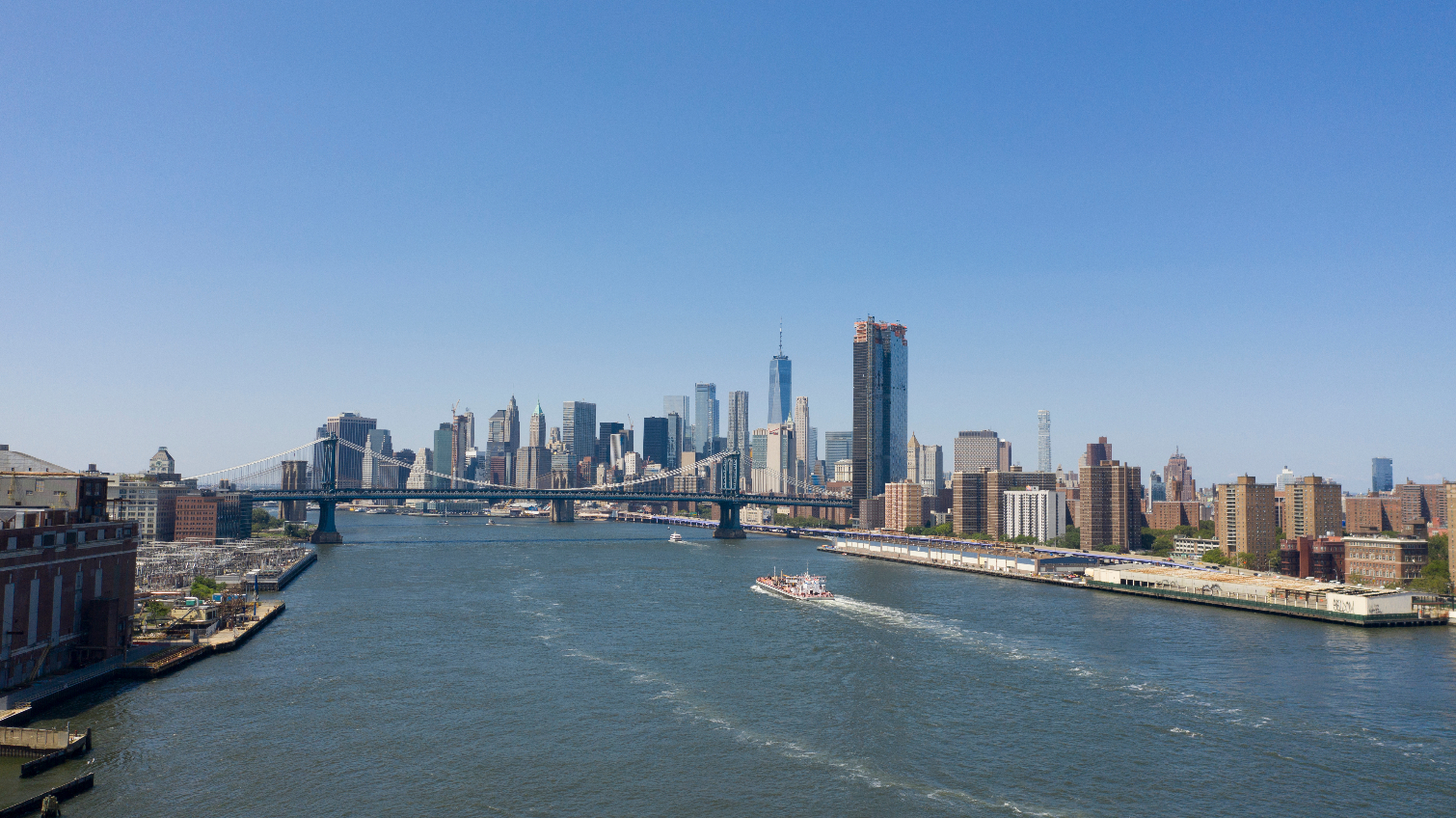
MORE: The Best Drones and Quadcopters on Any Budget
That Hasselblad camera captures 20-megapixel aerial shots and offers built-in color accuracy via the Hasselblad Natural Color Solution (HNCS) technology. Also, your shots should look stellar in all lighting conditions, thanks to an adjustable aperture from f/2.8 to f/11. There's also 4K 10-bit HDR support, so you can plug the Mavic 2 Pro into a 4K TV with HLG, to see footage with the correct tones.
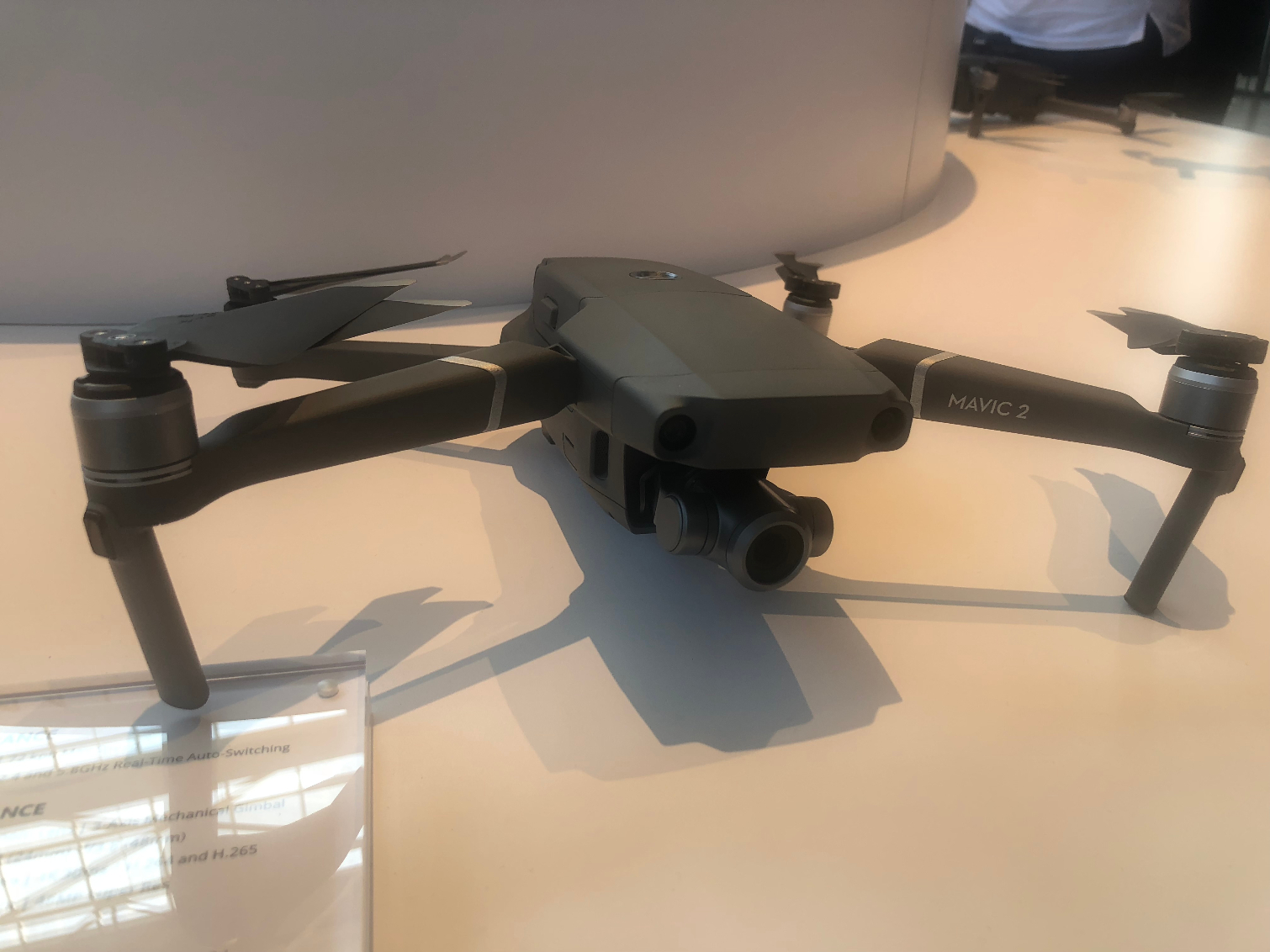
Mavic 2 Zoom
For those on a slightly lower budget, the Mavic 2 Zoom is the first consumer drone with optical zoom, in the same small, folding ultraportable design as the original Mavic. That means you get two-time optical zoom camera, alternating between 24mm and 48mm lenses, both built into the drone. This amount of zoom, Oldenburg said, is going to be crucial in getting closer shots of animals, without disturbing them.
Both drones hit top speeds of 44 miles per hour and each use 10 sensors to aide the Advanced Pilot Assistance Systems (APAS) that allows you to avoid obstacles and dangers, to help keep your investment safe.
Both Mavic 2 drones include a ton of smarts for creating the best shots. Those start with the second generation of the subject-following ActiveTrack 2.0, which now creates a 3D map and predicts subject movement up to the same speed as the drone.
The drones also capture what DJI's dubbed Super Resolution photos, which are 48MP images that are composites of nine photos, taken in a single image.
The Mavic 2 line also offers Enhanced HDR, which takes photos at different exposures, to avoid blowout and shadows. The Mavic 2 Pro offers 14 stops and the Zoom offers 13 stops, and manual controls allow for image makers to select their favorite shots.
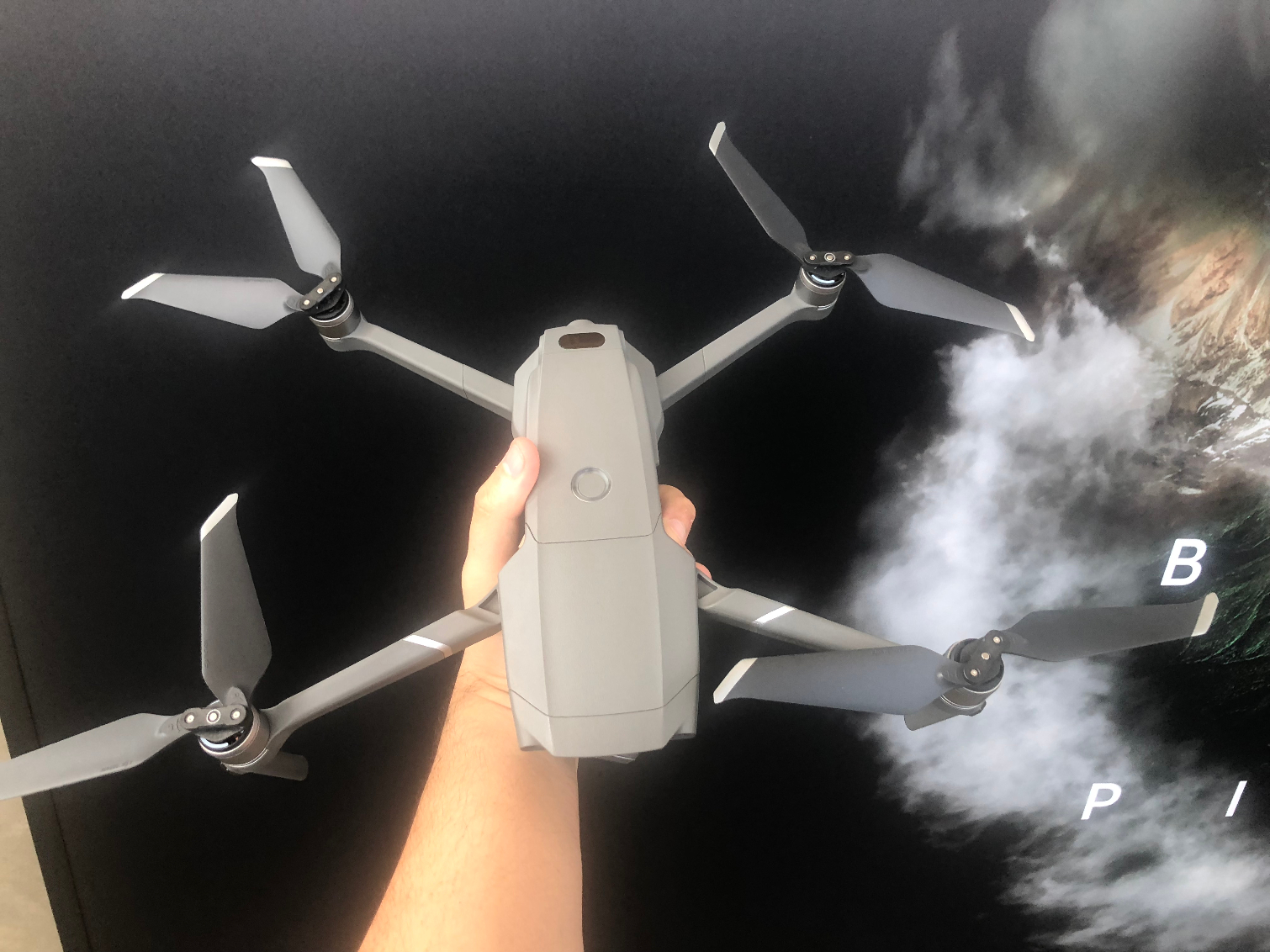
DJI's QuickShots technology is back, for you to create signature video shots in a single tap, and the company has added added Dolly Zoom. This feature uses a trick that film obsessives may recognize from the works of Alfred Hitchcock and others, as it keeps the subject in focus in the middle while the background moves around them.
Another addition to the Mavic line is Hyperlapse video, which is done automatically, via on-board processing, using self location and object tracking. Users have their choice between four modes: freeform, a circular rotation shot, courselock, focused on a subject and Waypoint, which navigates using a pre-planned flight path.
And because regulation is increasingly important for safe, legal drone flight, DJI's GEO System gives pilots notifications about where they aren't legally allowed to fly, and current hazards, such as fires.
Both the Pro and Zoom are rated for a maximum battery life of 31 minutes, and the drones can transmit 1080p video from up to 5 miles away. That broadcast to the remote should be even clearer than ever, thanks to the DJI OcuSync 2.0 transmission system, which switches automatically between 2.4 and 4.8 mHz signals, for seamless performance.
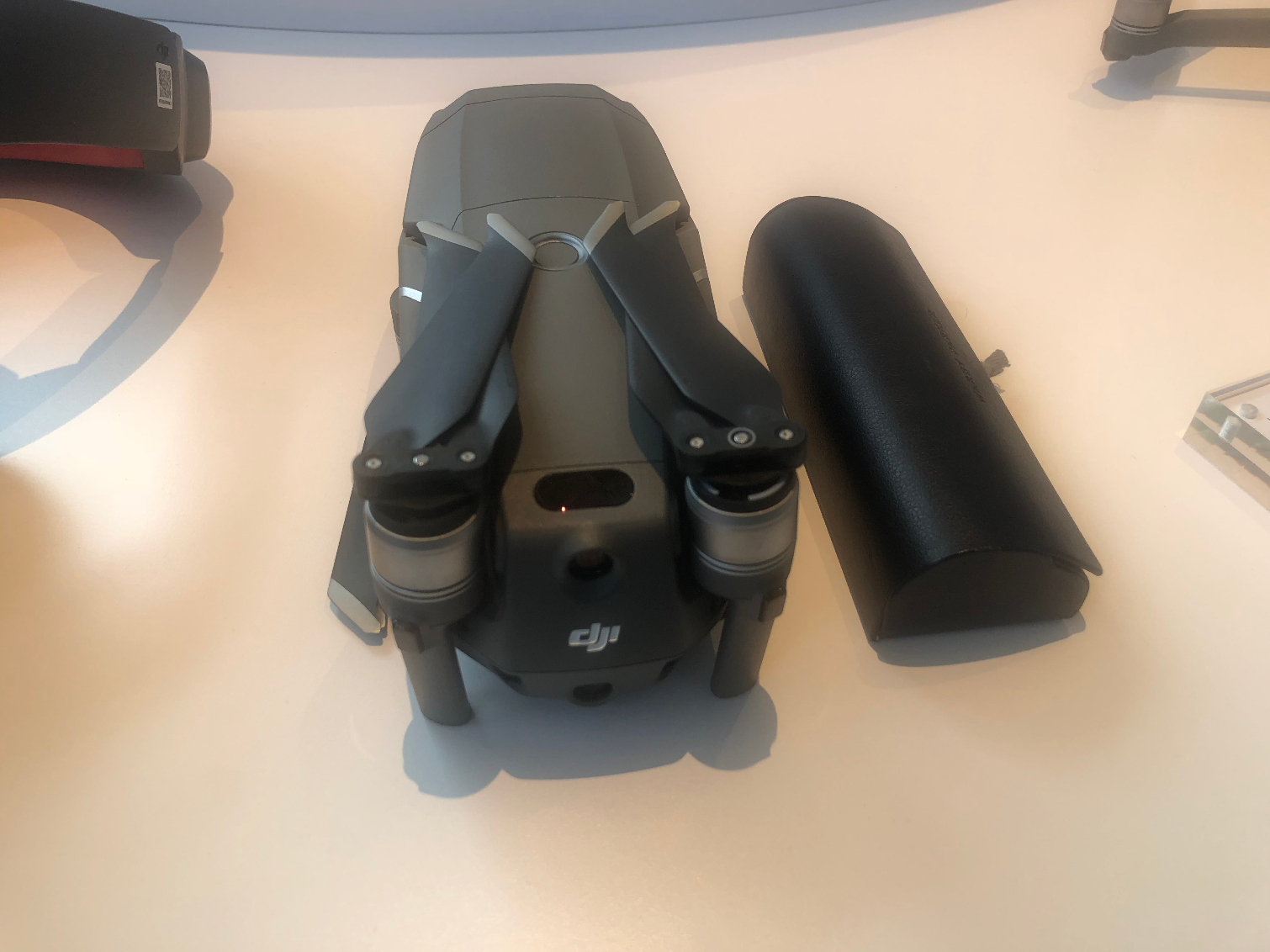
Each drone features 8GB of onboard storage, which is expandable via SD memory.
DJI also announced its new Trade Up program, for users in the US and China to get credit for their old DJI drones when buying a new model.
So, it looks like DJI's spent the 2 years between today and the release of the original DJI Mavic Pro well, but we'll have to put these drones through the rigors of testing to have an official verdict.
Credit: Henry T. Casey

Henry is a managing editor at Tom’s Guide covering streaming media, laptops and all things Apple, reviewing devices and services for the past seven years. Prior to joining Tom's Guide, he reviewed software and hardware for TechRadar Pro, and interviewed artists for Patek Philippe International Magazine. He's also covered the wild world of professional wrestling for Cageside Seats, interviewing athletes and other industry veterans.
